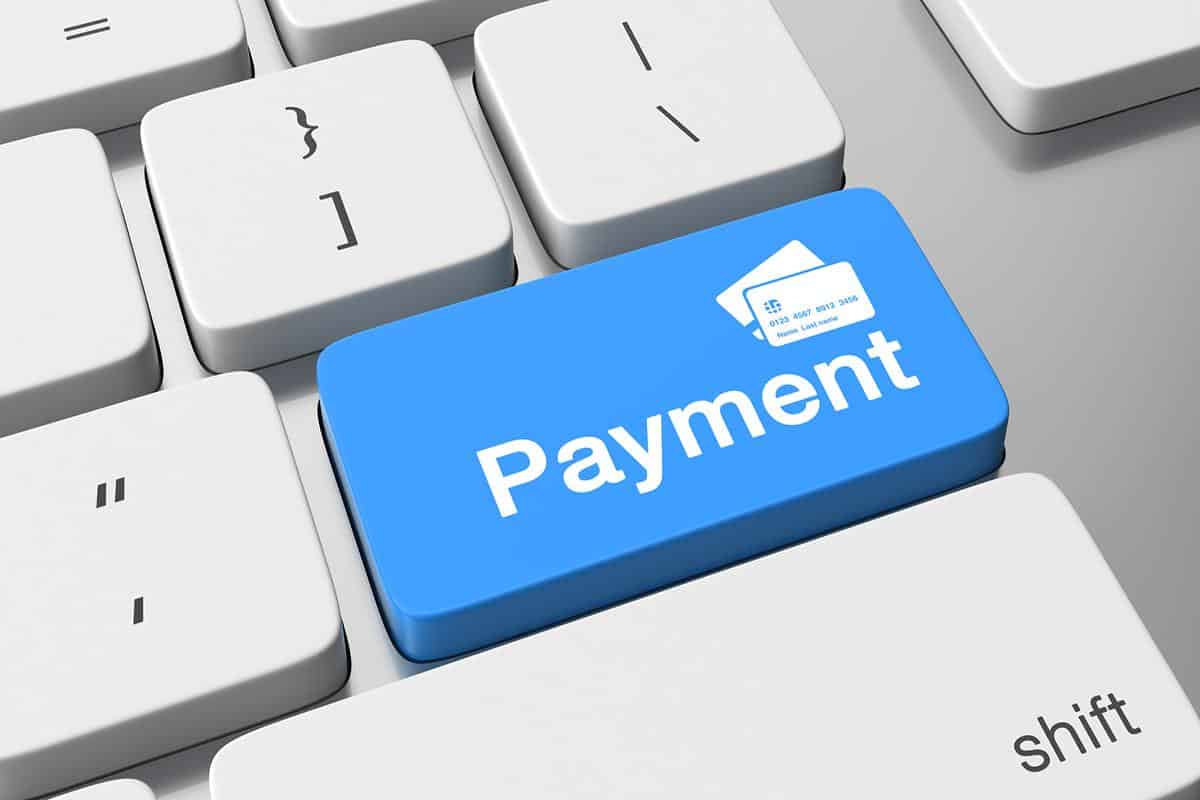When you look at the customer conversion line, there are many moving parts and hundreds of factors to consider. Understanding the critical four steps is the key to a successful conversion.
The success of any ecommerce merchant is down to how well they can convert their customers into buyers. After all, it is not simply a matter of attracting the customer onto the store front, the really important step is in the final mile – when the customer is at the checkout. It is at this vital point that the customer will either make the purchase or break from it and go elsewhere.
To maximise on the former there are a few critical steps needed and these are: Checkout UX, Currency, Payment Method and Authorisation Optimisation. By perfecting these steps, the customer will certainly have a pleasant payment experience and the merchant will gain a new sale.
-
Checkout UX
The first port of call for a more effective checkout is the user experience (UX) as the customers will be affected by this before they even reach the checkout itself. When a customer is shopping, the UX of the entire ecommerce site is influencing the customer psyche and if they are willing to keep going. A confusing or obnoxious looking storefront is more likely to turn shoppers away than a simple and efficient one.
This same logic can be applied to the checkout page as the last thing customers want to deal with is confusion when it comes to their funds. They want to know how much this will cost them and how they can pay, and that is that. The more information that can be included on one page the better. Our recommendations for a good checkout page is one with simple language where you can see the product you are buying, the final price being paid (with VAT distinction where applicable), and all the payment methods available with an option to change or add local currencies.
Just make sure you are not redirecting customers to an outside portal. Anything that takes the customer offsite must be avoided at all cost. Not only might it worry the customer and scare them away, but it delays the checkout process and may simply make customers leave out of frustration. This is a vital point, always keep the customer onsite.
-
Localising Currency
In the last section we mentioned giving customers the option to change or add local currencies on the payment page and this is something that a lot of retailers miss, and a big reason for customer cart abandonment. If you are a retailer based in the UK, it might be simple to think you only to include £’s on your checkout but that would be a mistake. The internet is global, and you may have shoppers from all over the world browsing your retail page, shoppers who are concerned when they don’t have the option to pay in their local currency.
We recently wrote a blog covering this topic specifically so will just keep it short here: If shoppers don’t see their own currency they are more likely to leave the shop. There can be many reasons for this: a store might have the same product in their currency so they feel more comfortable buying it, they may need to leave to do the exchange rate calculations themselves and never return and the shopper may have a perception that products are cheaper in their own currency as they have a better understanding of its value. All of these can cause check-out abandonment, and that does not even include authorisation issues as some issuer banks may block a card if they see it making a purchase in an unusual currency.
From our own research, merchants who went that extra step to include specific currencies in their ecommerce site had better sales, especially if they did more than simply adding an option for € and $.
-
Payment Method
We are in an era where open banking has caused a boom in the payments space and there are now more payment options than simply MasterCard and Visa. While almost every ecommerce store offers the option to pay using debit or credit cards, how many have PayPal integration, support Apple and Google Pay, or have an option for interest-free credit lending?
There are so many Alternate Payment Methods (APM) out there now and each region has seen different trends in the payment space, for example in Spain PayPal and credit cards from local Spanish Banks are the most popular choice of payment as it has a stronger support network than international banks.
However, this isn’t an instruction to simply add every APM under the sun and assume a sore in profit, there are other factors to consider. For example, what industry is the payment for? If it’s a one-off payment then anything might go, but if its SaaS will the customer really want to use anything other than their main bank, where they can guarantee a constant stream of funds?
Thinking about the type of business you are and following the buyer experience are important considerations when deciding on which APMs and how many APMs are in use.
-
Authorisation Optimisation
While the previous three steps can all be easily connected as customer facing factors, the authorisation of a payment is the behind the scenes next step in the sales process, and the final one before a payment is confirmed. This makes it arguably the most important step as you could master each of the previous steps, but the customer is still blocked off from making their purchase.
There could be many reasons a transaction is declined and its important for a retailer to understand all of them. There could be an integration or API related bug that is interfering in the process. The payment provider could be experiencing downtime at that moment or the authorisation might be so slow that the customer simply gives up and goes elsewhere.
It could even be as simple as an Issuer soft declining a transaction, which could either be because of country specific regulations or fears of fraud taking place. For example, going back to the point on local currencies we found that successful authorisation rates when using a local currency is 91.7%, while it is only 76.17% when using a foreign currency – a 15.59% drop.
By making use of these four steps you can optimise your checkout and greatly improve your customers experience, which will lead to much better results for everyone.
Author
Sumit Arora is CCO for PXP Financial









